Broken Fall (Geometric) (1971)
One of a series of ‘falls’ by Bas Jan Ader that he recorded on film, this work was filmed in West Kapelle, Holland in 1970.
One of a series of ‘falls’ by Bas Jan Ader that he recorded on film, this work was filmed in West Kapelle, Holland in 1970.
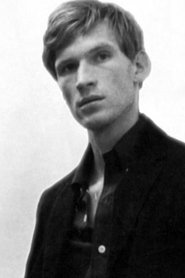 Bas Jan AderHimself
Bas Jan AderHimself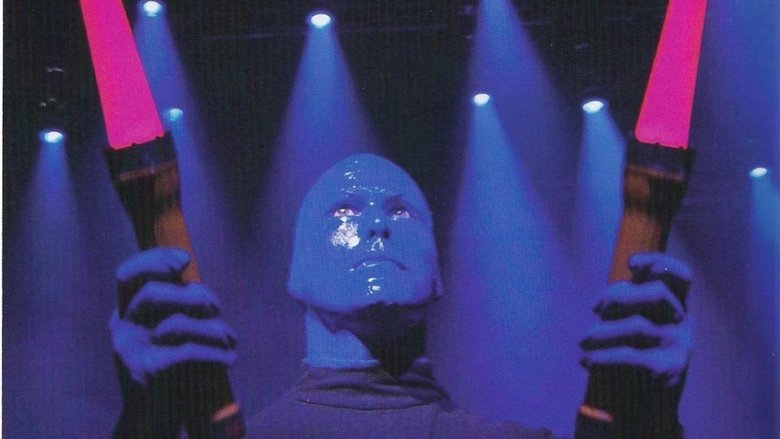
Offbeat performance artists The Blue Man Group have finally been captured live on this disc that features concert footage, three full-length music videos and three songs from Blue Man Group's album, "The Complex." The live footage was filmed during Blue Man Group's successful and widely acclaimed August 2003 rock tour, where they wowed 9,000 fans in two sold-out concerts.
In the beginning the idea was to make something from nothing, in a neutral and unknown place. Collect images and sounds instead of producing them. The camera, the microphone and the mini-amplifier: tools that take away and then give back. We defined a rule: the sound shouldn't illustrate the image and the image shouldn't absorb the sound. Less than a hundred kilometres from Reykjavik we found Strokkur. For three days we saw and heard the internal dynamics of the crevice: the boiling water that spat out every seven minutes and the thermal shock, given the eighteen degrees below zero of the atmosphere.
A concept film from Imogen Heap and Thomas Ermacora, made with crowd-sourced video footage, creating a nature film accompanied by an Orchestral score composed by Heap.
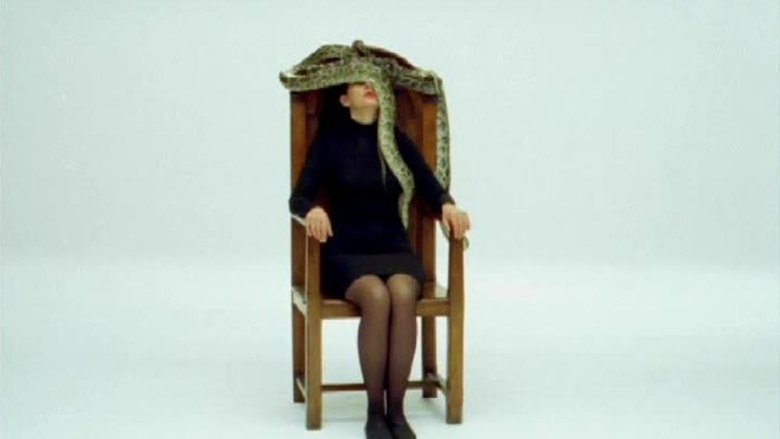
Balkan Baroque is a real and imaginary biography of the Yugoslavian performance artist Marina Abramovic. Rather than a mechanical reproduction of the artist's work, the film tries to create a new reality by translating the performances into cinematographic images that intensify the fictional context of the film. Abramovic plays herself, but ,appearing in multiple forms, blurs her own identity. Memories and fantasies intermingle with day to day rituals. The chronological narrative often breaks to reflect the interior voyage of the protagonist from the present to the past and back to the present. The result is a visually impressive film. Balkan Baroque had its world premiere at the International Film Festival Rotterdam, 1999.
Moving Together is a celebratory love letter to music and dance that brims with kinetic life and energy. This documentary explores the intricate collaboration between dancers and musicians, moving seamlessly between Flamenco, Modern, and New Orleans Second Line.
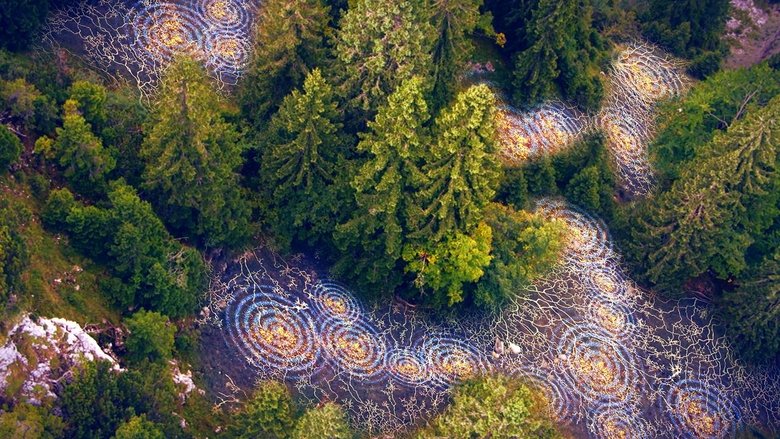
Documentation of three Survival Research Laboratories events, 1983-1984. Meet Stu, the SRL guinea pig, and see him training to operate the 4-legged Walking Machine, see 10-barrel shotguns, hear the "Stairway to Hell".
Five mechanized performances of Survival Research Laboratories, 1985-1986. 70 min. of endless pursuits, unavoidable captures, and merciless punishments.
The 1988 European tour of Survival Research Laboratories, with shows in Amsterdam and Copenhagen. SRL ferrets out and gleefully satirizes assorted icons of cultural pride in two of Europes more allegedly libertarian democracies.
A fast-moving and comprehensive documentation of three Survival Research Laboratories performances 1989-1990. Includes "Illusions of Shameless Abundance ...", ArtSpace Computer-Controlled Installation, "A Carnival of Misplaced Devotion ...", plus details of the 1989 bomb hoax incident.
A selection of Survival Research Laboratories early performances, a must for those interested in how such an enterprise ever got started in the first place.
Filmed by Emmy Award-winning cinematographer Al Giddings, this timeless program takes a stirring look at the largest, tallest, longest-living things on the planet: trees. Stunning location footage captures the variety and the grandeur of the Pacific Northwest, the Florida Everglades, the Shenandoah Valley, and the Great Sonoran Desert. Quotations from Sierra Club founder John Muir and others who revere nature are interwoven with information on topics ranging from the function of forest ecosystems, to the effects of deforestation, to the integration of parks into urban landscapes.
Druga linija aka The Other Line is a product of many years of research of neo-avant-garde cultural and art scene in Novi Sad, Serbia (late 60s and 70s), which has been marginalized until today. This artistic movement was directly connected not only with important art centers of the former Yugoslavia, but also with existing flows of world art during its brief and productive activities (7e Biennale de Paris, 19th Berlinale). The cultural and artistic emancipation of that time had implied individual freedom of expression and strong reaction to established boundaries. This avant-garde movement had become threat to communist establishment, the authors' work were sabotaged, the films were sealed off, five artists were taken to trial, two were sent in prison. How is it that the retrograde mechanism of shutting down and removing the most creative and representative progressive impulses of our surrounding is still so current to this day?
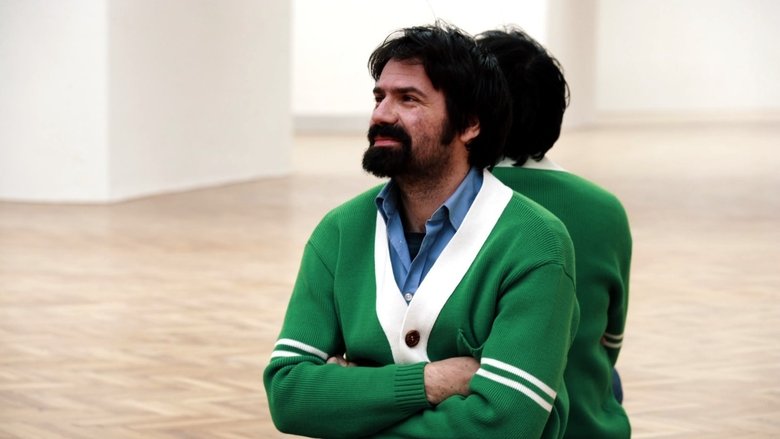
Conceptual visual artist Ján Mančuška died in 2011. However, in his short 39 years of existence, he managed to create a number of remarkable works, many of which have been exhibited in renowned galleries around the world – including the Centre Pompidou in Paris and MoMA in New York. In his homeland, however, his work reflecting everyday life, social reality or the meaning of language has never achieved comparable fame. Together with the children of an artist who was not afraid to confront the public with the question of the meaning of art, the director embarks on a journey that aims not only to get closer to Mančuška, but also to reveal him in hitherto unrecognised shades, thus filling in the gaps that are increasingly appearing in the context of the fading memory of his personality.
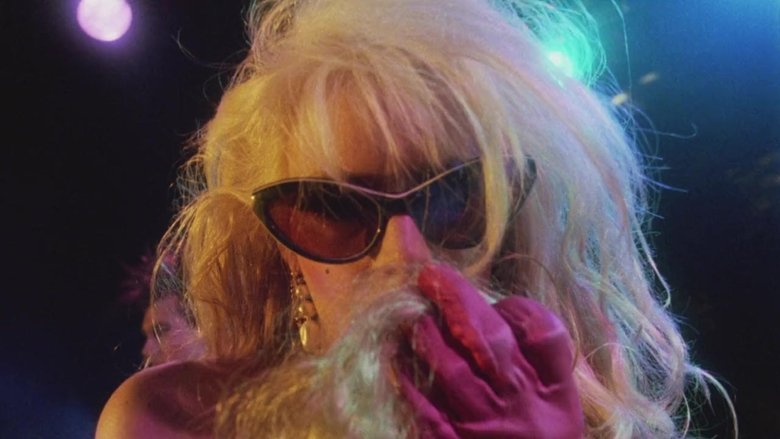
A young woman wanders around New York City and stumbles across a number of strange characters and settings that represent the "underground" areas of the city. She sees stand up comedy in Central Park, a prostitution auction, a voodoo ceremony, an S&M club, and a number of very interesting performance artists. These are just a few of the sights and sounds of New York that she encounters.
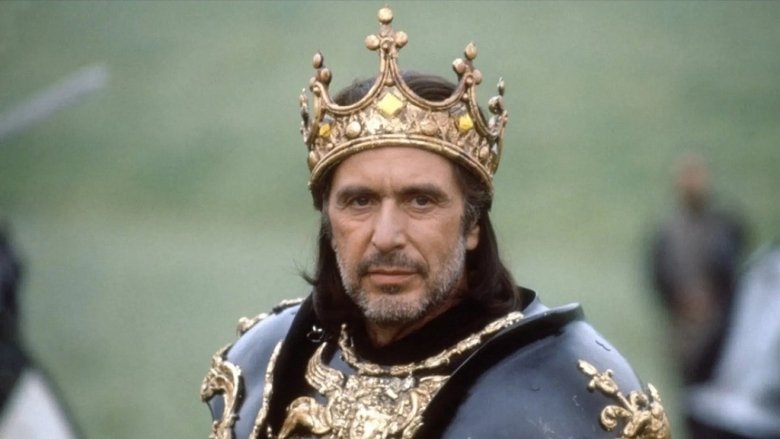
Al Pacino's deeply-felt rumination on Shakespeare's significance and relevance to the modern world through interviews and an in-depth analysis of "Richard III."
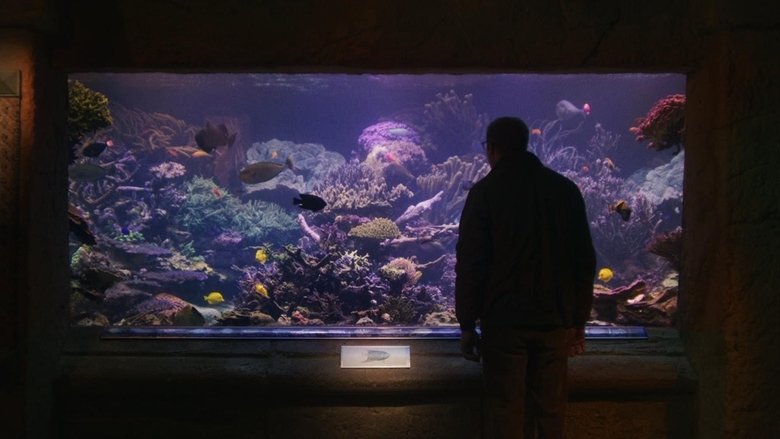
A quiet, quarantine special made from relaxing old footage and narrated by comedian Joe Pera, featuring trees, waterfalls, and Japanese monkeys.
Bas Jan Ader's first fall film shows him seated on a chair, tumbling from the roof of his two-storey house in the Inland Empire.
Bas Jan Ader rides his bike into a canal in Amsterdam.
This short film is part of a mixed media artwork of the same name, which also included postcards of Ader crying, sent to friends of his, with the title of the work as a caption. The film was initially ten minutes long, and included Ader rubbing his eyes to produce the tears, but was cut down to three and a half minutes. This shorter version captures Ader at his most anguished. His face is framed closely. There is no introduction or conclusion, no reason given and no relief from the anguish that is presented.